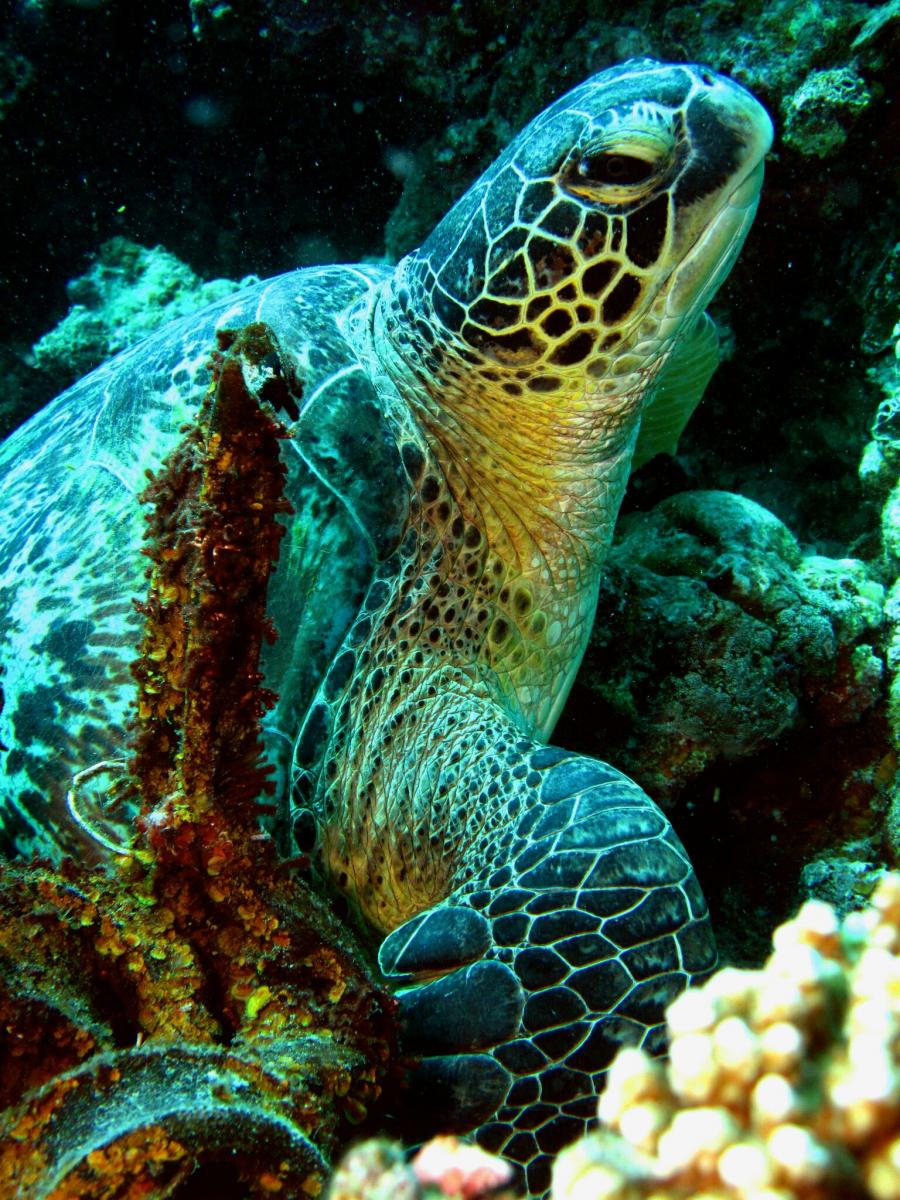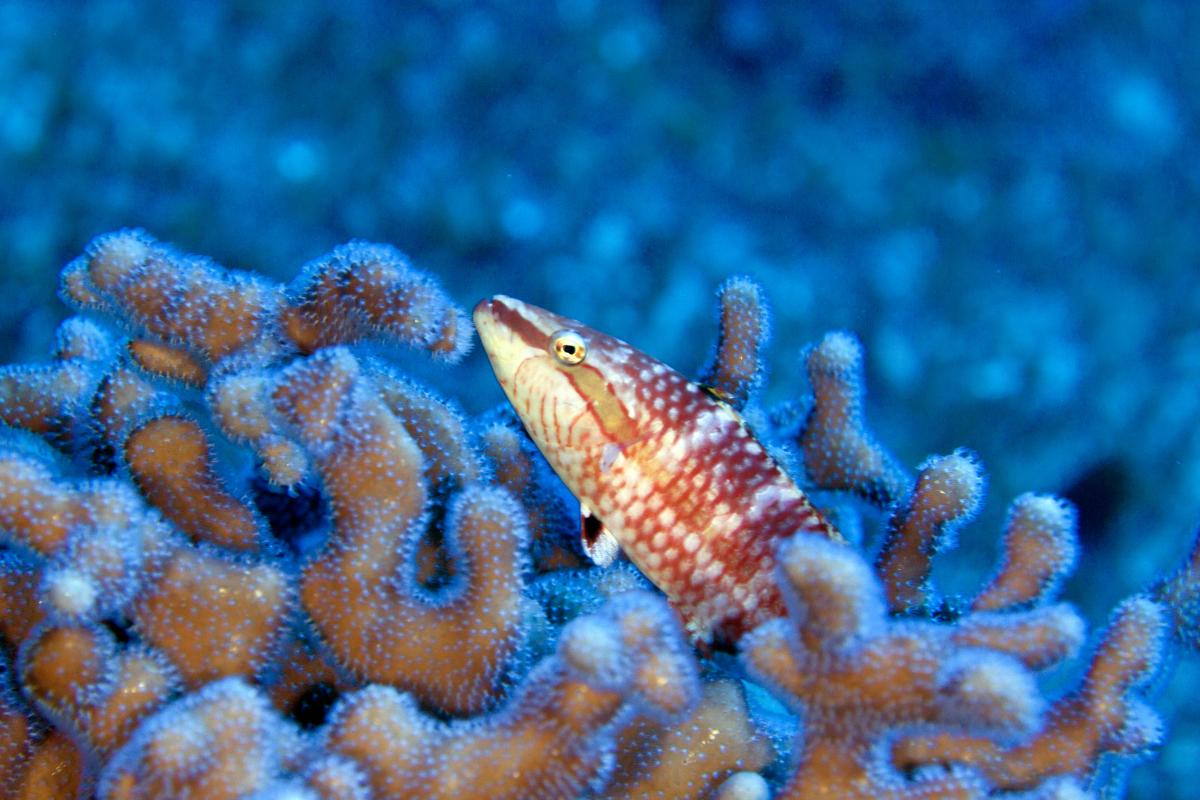Expanded Protected Area Law Signed
Press Release Date: July 6, 2018
The Expanded National Integrated Protected Area Systems (ENIPAS) Act of 2018 strengthens protection and adds more than 100 legislated protected areas in the Philippines, including the Philippine Rise Marine Resource Reserve
President Rodrigo Duterte signed Republic Act 11038, the E-NIPAS Act of 2018, into law, which adopts strong amendatory measures to the 24-year old National Integrated Protected Area Systems (NIPAS) Act.
“We laud the timely passage of the ENIPAS Act, as it will enhance the conservation efforts undertaken of our unique but vastly threatened biodiversity and ecosystems including our marine habitats. As the ‘center of the center’ of marine biodiversity in the world, it is high time that our biologically significant protected areas be given the highest priority and protection they deserve, to ensure that our national treasures continue to sustain the current and the future generations of Filipinos,” said lawyer Gloria Estenzo Ramos, Vice President for Oceana Philippines.
The passage of the ENIPAS Act provides a national legislation for all protected areas to ensure their ecological integrity. This includes the Tañon Strait Protected Seascape, one of the largest marine protected areas in the Philippines and declared as a protected seascape through a Presidential Proclamation in 1998. The ENIPAS Act also covers the Philippine Rise Marine Resource Reserve, which was recently declared as a protected area with strict protection zones by President Duterte.
Salient provisions of the Act include the provision for scientific and technical support for biodiversity conservation; delineation and demarcation of boundaries; deputation of support especially on enforcement to the Protected Area Superintendent (PASu); and regular reporting on the status of the Integrated Protected Area Fund (IPAF) and allocating 75% of all revenues raised to the Protected Area Management Board (PAMB). It also prohibits the use and possession of destructive fishing gears within the protected seascape.
The ENIPAS Act also expands the mandates of the Department of Justice (DOJ) to appoint special prosecutors handling cases specifically related to protected areas, and assist in the training of wardens and rangers in arrests and criminal procedures.
The principal authors of the law point out the rationale of biodiversity conservation behind the enactment of the ENIPAS Act.
” We are losing our biodiversity at an alarming rate. We need more effective protection with people and communities at the heart of it,” Representative Josephine Sato, one of the main authors of the ENIPAS Bill said in a statement.
Meanwhile, Senator Cynthia Villar, who chairs the Committee on Environment and Natural Resources and the Committee on Agriculture, looks at the ENIPAS Act as an important legislation to ensure the protection of the country’s diverse natural resources.
“The Philippines’ rich biodiversity is a source of pride and joy for all of us Filipinos. We actively protect and strongly defend the breadth and depth of our territories to ensure that the future generation of Filipinos will still have the opportunity to take pride and find joy in our country’s rich biodiversity,” Villar said.

A weary pawikan rests on a bed of corals in Moalboal, Cebu, which is part of the Tañon Strait Protected Seascape. The presence of unique and threatened species is one reason why Tañon was declared as a marine protected area. Of the Philippines’ 220 million hectares of water area, 1.37 million hectares or 0.63% are covered by marine protected areas. © Oceana/ Danny Ocampo

A solitary oriental wrasse is known to inhabit coral reefs with abundant invertebrates, which they feed on. © Oceana/UPLB
Location: Manila, Philippines
Contact: Candeze Mongaya (cmongaya@oceana.org)
The Expanded National Integrated Protected Area Systems (ENIPAS) Act of 2018 strengthens protection and adds more than 100 legislated protected areas in the Philippines, including the Philippine Rise Marine Resource Reserve
President Rodrigo Duterte signed Republic Act 11038, the E-NIPAS Act of 2018, into law, which adopts strong amendatory measures to the 24-year old National Integrated Protected Area Systems (NIPAS) Act.
“We laud the timely passage of the ENIPAS Act, as it will enhance the conservation efforts undertaken of our unique but vastly threatened biodiversity and ecosystems including our marine habitats. As the ‘center of the center’ of marine biodiversity in the world, it is high time that our biologically significant protected areas be given the highest priority and protection they deserve, to ensure that our national treasures continue to sustain the current and the future generations of Filipinos,” said lawyer Gloria Estenzo Ramos, Vice President for Oceana Philippines.
The passage of the ENIPAS Act provides a national legislation for all protected areas to ensure their ecological integrity. This includes the Tañon Strait Protected Seascape, one of the largest marine protected areas in the Philippines and declared as a protected seascape through a Presidential Proclamation in 1998. The ENIPAS Act also covers the Philippine Rise Marine Resource Reserve, which was recently declared as a protected area with strict protection zones by President Duterte.
Salient provisions of the Act include the provision for scientific and technical support for biodiversity conservation; delineation and demarcation of boundaries; deputation of support especially on enforcement to the Protected Area Superintendent (PASu); and regular reporting on the status of the Integrated Protected Area Fund (IPAF) and allocating 75% of all revenues raised to the Protected Area Management Board (PAMB). It also prohibits the use and possession of destructive fishing gears within the protected seascape.
The ENIPAS Act also expands the mandates of the Department of Justice (DOJ) to appoint special prosecutors handling cases specifically related to protected areas, and assist in the training of wardens and rangers in arrests and criminal procedures.
The principal authors of the law point out the rationale of biodiversity conservation behind the enactment of the ENIPAS Act.
” We are losing our biodiversity at an alarming rate. We need more effective protection with people and communities at the heart of it,” Representative Josephine Sato, one of the main authors of the ENIPAS Bill said in a statement.
Meanwhile, Senator Cynthia Villar, who chairs the Committee on Environment and Natural Resources and the Committee on Agriculture, looks at the ENIPAS Act as an important legislation to ensure the protection of the country’s diverse natural resources.
“The Philippines’ rich biodiversity is a source of pride and joy for all of us Filipinos. We actively protect and strongly defend the breadth and depth of our territories to ensure that the future generation of Filipinos will still have the opportunity to take pride and find joy in our country’s rich biodiversity,” Villar said.

A weary pawikan rests on a bed of corals in Moalboal, Cebu, which is part of the Tañon Strait Protected Seascape. The presence of unique and threatened species is one reason why Tañon was declared as a marine protected area. Of the Philippines’ 220 million hectares of water area, 1.37 million hectares or 0.63% are covered by marine protected areas. © Oceana/ Danny Ocampo

A solitary oriental wrasse is known to inhabit coral reefs with abundant invertebrates, which they feed on. © Oceana/UPLB
Location: Manila, Philippines
Contact: Candeze Mongaya (cmongaya@oceana.org)
